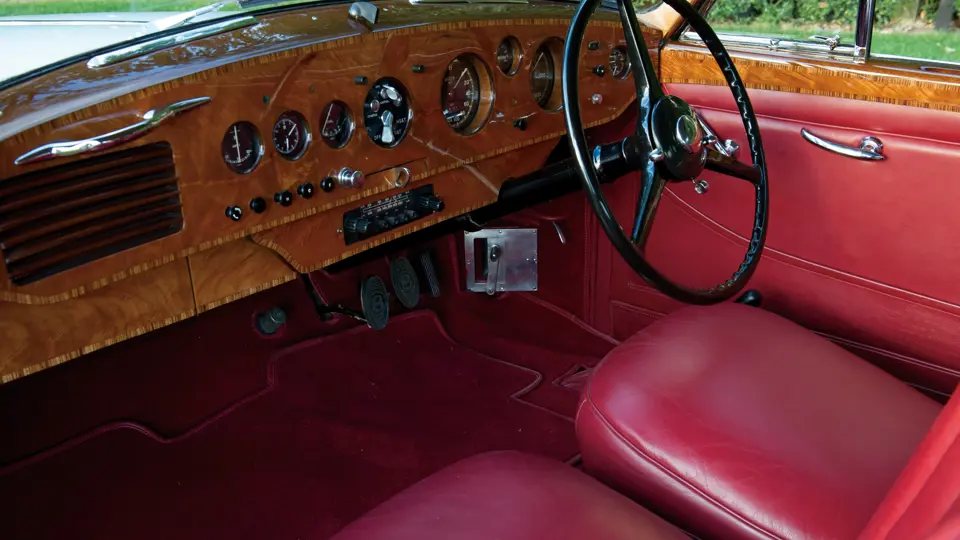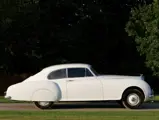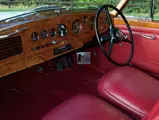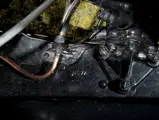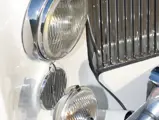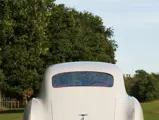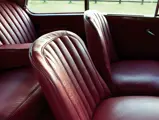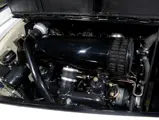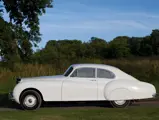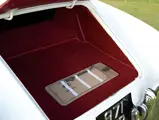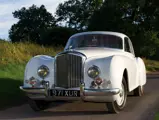BC7A is being sold pursuant to a settlement agreement between the current consignor and the heirs of Alain Reynaud and will be sold with free and clear title passing to the successful bidder. Further details are available in the car history file and interested parties can contact an RM Auctions representative for information.
153 bhp, 4,566 cc inlet-over-exhaust six-cylinder engine, two SU carburettors, four-speed manual gearbox, independent wishbone front suspension with coil springs and anti-roll bar, live rear axle with semi-elliptic leaf springs, and four-wheel mechanical servo braking system with hydraulic front and mechanical rear. Wheelbase: 120 in.
• 1952 Earl’s Court Motor Show car
• Very early example; seventh of 193 R-Types built by H.J Mulliner
• One of merely a handful built in 1952; one of 25 “A-series” cars
• Fresh from full restoration by noted specialists
Bentley Continental R-Type
The first Bentley Continental was sold in the summer of 1952, though the Continental roots go back to the 1930s. Bentley’s parent, Rolls-Royce Motors, had experimented with aerodynamic designs before World War II, and their first Continental prototype was known as the ‘Corniche’. The second was a two-door, four-seater, built on a 4¼-litre chassis, with a French Paulin-designed body, now nicknamed “Embiricos”, after the buyer who commissioned it. The Corniche did not survive the war, but the Bentley Embiricos is still in use today and was recently on display at the Windsor Castle Concours of Elegance.
World War II redirected the company to building Merlin aircraft engines, but afterwards, the works returned to fine motor cars. Chief Project Engineer H.I.F. Evernden and designer J.P. Blatchley were assigned to create a lightweight, aerodynamic Bentley capable of carrying four adults in supreme comfort. They were instructed to “produce a car which would not only look beautiful, but possess a high maximum speed, coupled with a high rate of acceleration and excellent handling”.
H. J. Mulliner built the R-Type Continental prototype. The body and window frames were made of a light alloy, as were the front bucket and rear bench seat frames, resulting in a four-place body that weighed only 750 pounds, the whole car was less than 4,000 pounds. Road tests revealed that the prototype’s overdrive top gear was unsuitable for the engine, so it was replaced by a direct-ratio top gear and a lower axle ratio. This combination provided high-speed touring and well-spaced gear ratios for city driving.
With the Mark VI Bentley and its fraternal twin, the Rolls-Royce Silver Dawn, the design team produced fast, nimble touring cars. But the new design would carry the Bentley radiator shell and badges and was going to need more power and lower aerodynamic drag. Minor adjustments were made to the standard 4½-litre R-Type Bentley engine, and the body was lower and sleeker than the four-door saloon. H.J. Mulliner would build the new car, but it was designed by Blatchley and Evernden. They produced quarter-scale models of the new fastback Continental and tested them in the company’s wind tunnel, calculating a possible top speed of about 120 mph. Road tests reported by The Autocar on 12 September 1952 were made in Belgium using 80 octane petrol, as only 73–74 octane was available in the UK. At the time, it was the fastest four-seater car available.
The first R-Type Continental went into production in February 1952, but the prototype was built in 1951. Though it was intended to be called the “Corniche II”, that name was dropped, and it was renamed the “Continental”. The chassis were assembled in Crewe, at the Rolls-Royce works, then sent to the Lillie Hall Depot in Earls Court in London and delivered to their designated coachbuilders. While the bodies were being fitted, Bentley representatives made sure that all was done correctly. Upon completion, the cars were tested before being delivered.
At first, the H.J. Mulliner aluminium shell was used on every Continental, and not until spring of 1954 were R-Types fitted with bodies from other coachbuilders, namely Franay, Graber, Farina, and Park Ward. The R-Type Continental rapidly acquired a great reputation and its ideas spread to other models. The Continental’s reduced weight and lower frontal area enhanced its performance, and it is perhaps the most desirable post-war Bentley. Magazine reviews were unanimous in their praise. England’s best known car publication, Autocar, described the Continental as, “a modern magic carpet annihilating great distances”. The list price in 1952 was a shade over £7,000, sufficient to buy a decent house with a few acres of land in the Home Counties in those days. It was certainly not for the faint of heart, as it was also the most expensive car in the world when new.
Given its heroic price, early owners included industrial titans Stavros Niarchos, Gianni Agnelli, and Aristotle Onassis, members of the Guinness, Embiricos, Rothschild, Mavroleon, Carnegie, and McAlpine dynasties. Automotive legends that chose an R-Type Continental included Donald Campbell, Georges Filipinetti, Stanley Sears, Briggs Cunningham, and Jack Dunfee, and included such Royal Patrons as the Maharajah of Indore, the Emperor Bao-Dai, the Aga Khan, Prince Frederick of Prussia, and the Shah of Iran—a veritable roll-call of the 1950s international jet-set!
Due to huge demand and slow build time, orders placed took around six months to fulfil. The first 30 cars were all allocated to three overseas Bentley agencies, namely Franco-Britannic in Paris, Garage de l'Athenee in Geneva, and J.W. Inskip in Manhattan. A previous chairman of the Bentley Drivers’ Club and a prominent Bentley enthusiast, W.E.B. Medcalf owned two R-Type Continentals simultaneously for many years. He wrote, “Simply to sit in these cars is a beautiful experience; to drive one is among the ultimate physical pleasures. I know of no other car, which, after 45 years’ service, can match these remarkable masterpieces; even after covering 1,000 miles in a day, driving remains a delight.”
Chassis No. BC7A
BC7A was the seventh production Bentley R-Type built and it was completed on 12th September 1952. It’s sleek, elegant fastback lines where unveiled to the British public for the first time at the Earls Court Motor Show on the opening day. The coachwork was finished in the exquisite Blanc Cassee, or Broken White, uniquely painted in cream under the bonnet and the interior trimmed in burgundy Connolly hide. BC7A was so stunning that it was bought off the floor of the show by a client of Franco-Britannic Automobiles, Paris-based Señor Jonel Sanielevici, a member of the Diplomatic Corps. The car was invoiced on the opening day of the show, 19th October 1952. It was air-shipped to Paris, where, in November 1952, it was accepted by its first owner. Shortly after delivery, the new owner had the car returned to Mulliner to have the interior re-upholstered in dark green, before it was shipped to Mexico. There it was registered under the diplomatic number of 65206 for many years.
Following a change of ownership in 1960, for the pricey sum of 30,000 pesos, about $2,400US or £900 at the time, BC7A passed into the hands of Alain Reynaud, another local owner in Mexico City, from whom it was seized by the Policia Judicial in 1988. It was sold by the Policia Judicial shortly afterwards to Señora Tlapanco, who bought it as a gift for her son. He maintained it himself and used it on a regular basis for almost 20 years. In late-2006, with only 95,000 kilometres recorded, BC7A was consigned for sale to Kidston SA, in Geneva, Switzerland, and it quickly found a buyer, a London businessman and Bentley collector. BC7A was exported to the UK, where it arrived in March 2007 and was registered on the plates 971 XUR.
Following a careful appraisal of the car, the present owner elected to undertake a complete body-off restoration in the UK. He entrusted the work to leading specialists, and the restoration was overseen by Bentley expert Graeme Hunt, the former Managing Director of Jack Barclay Ltd. The original 4.5-litre engine and drivetrain were rebuilt by Peter Perry, who apprenticed in period at Rolls-Royce Motors, Ltd. The owner resisted the temptation of enlarging the bore to 4.9 litres, as complete authenticity and originality were his objectives. The electrical system was replaced with a correct wiring loom. All instruments—in metric, being an export-market car—were renovated and re-calibrated, and all brightwork was re-plated and polished as new. Even the notoriously complex “one-shot” Bijur lubrication system was replaced.
Now restored to the exacting standards of the vendor, only the fifth owner from new, BC7A has been returned to precisely the same full specification as when it first caused crowds to gather at Earl's Court, 60 years ago almost to the day. With coachwork finished in the correct Blanc Cassee and the interior trimmed in the correct new-old-stock 'VM 3086' dark red Connolly hide. This very special car enjoys the ultimate specifications sought by connoisseurs of the R-Type Continental: a manual gearbox, lightweight seats, rear spats, aluminium window frames, and lightweight Willmot Breeden polished duraluminium bumpers with the elegant slender overriders, the latter being unique to the earliest examples and a highly desirable feature. As is well-documented, the first few “A-Series” Continentals shared many characteristics with the prototype car, known as Olga. This is especially true in the area of weight-saving, with lightweight aero-grade materials being utilized. With a build weight of only 3,771 pounds, BC7A is almost 300 pounds lighter in weight than many of the later cars!
The end result is an absolutely spectacular 1952 Bentley R-Type Continental Sports Saloon, which has covered barely 1,000 miles of careful “running in”. Since completion of the restoration, this stunning R-Type recently participated at the Windsor Concours of Elegance, where it led the Octane Tour from Kensington Palace to Windsor Castle. Sixty years of age almost to the day, BC7A is now ready to provide at least another 60 years of exciting motoring.
Owing to its rarity and desirability, the R Continental is perhaps the only post-war Bentley judged equally valuable in either right- or left-hand drive. This is apparent by the record prices that R-Type Continentals have demanded in recent years. Following its début at the Earl's Court Motor Show in 1952, BC7A’s 60th birthday appropriately coincides with the Queen’s Silver Jubilee; arguably, few other cars would be fit for such a Royal celebration.

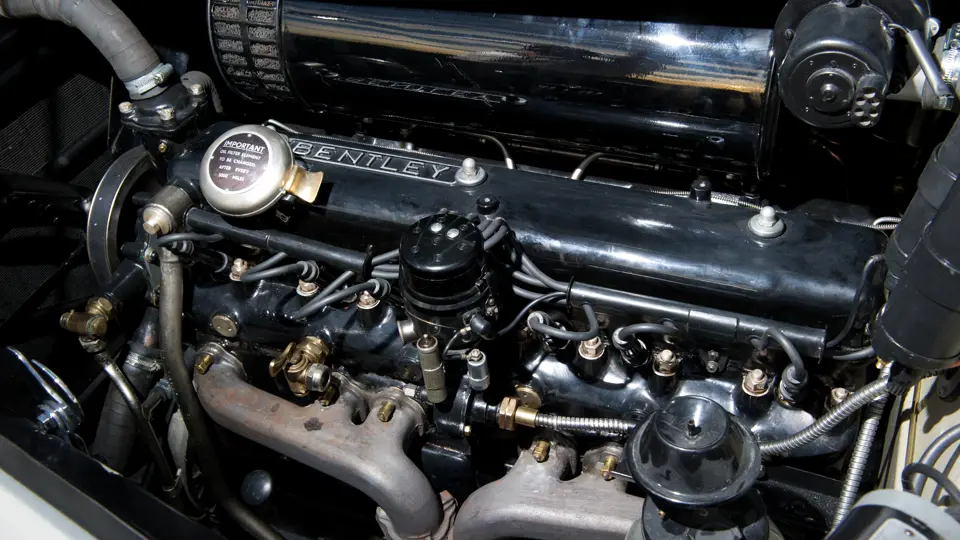
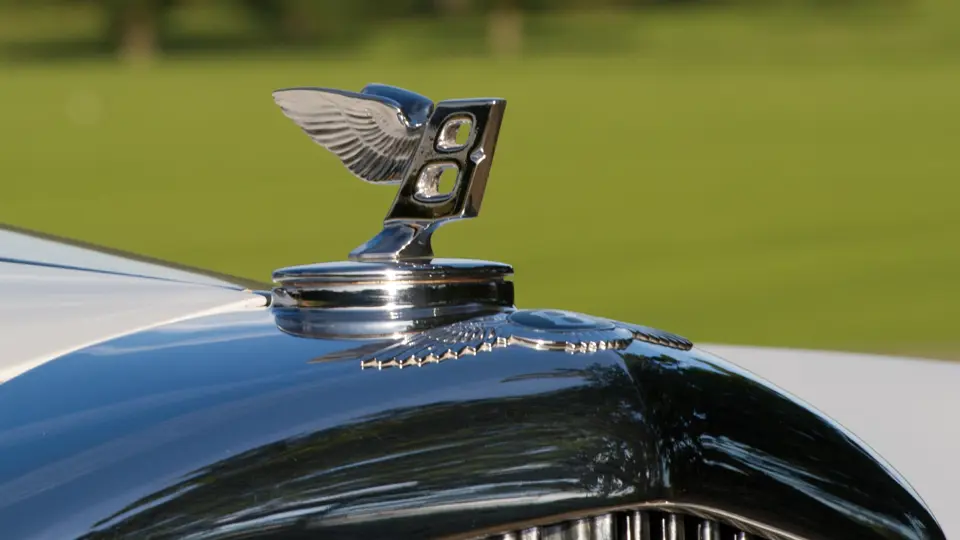

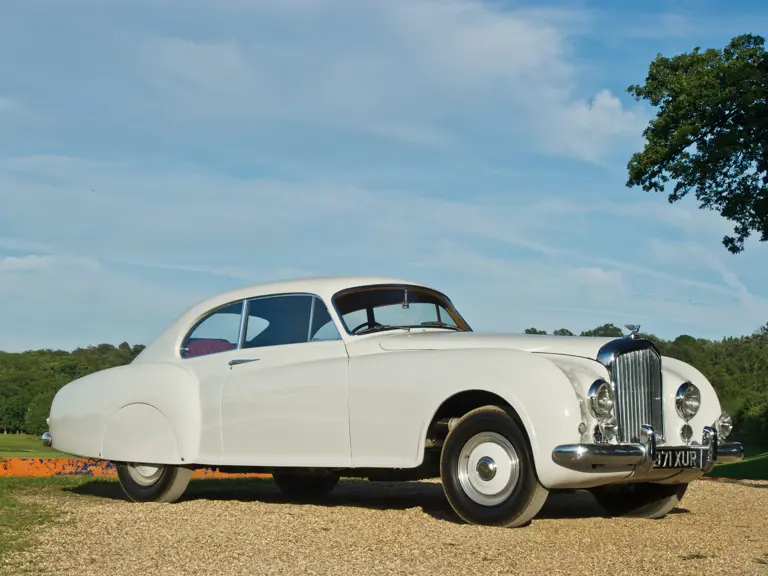
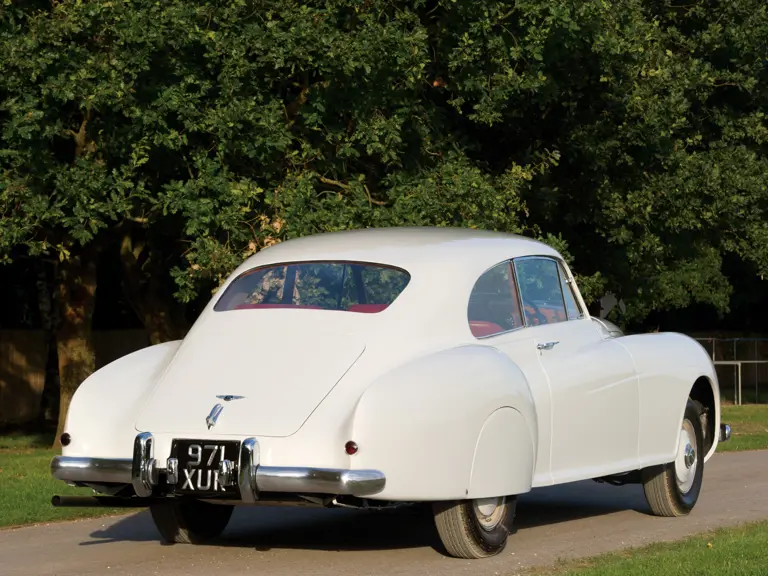
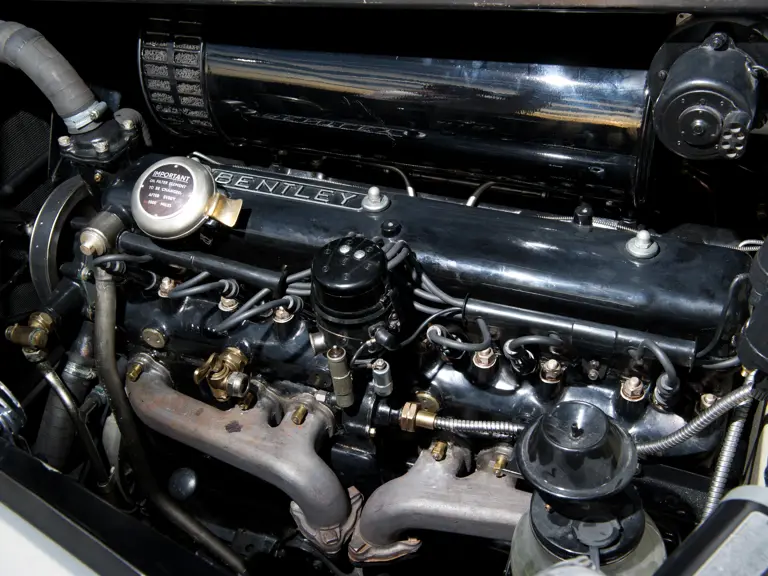
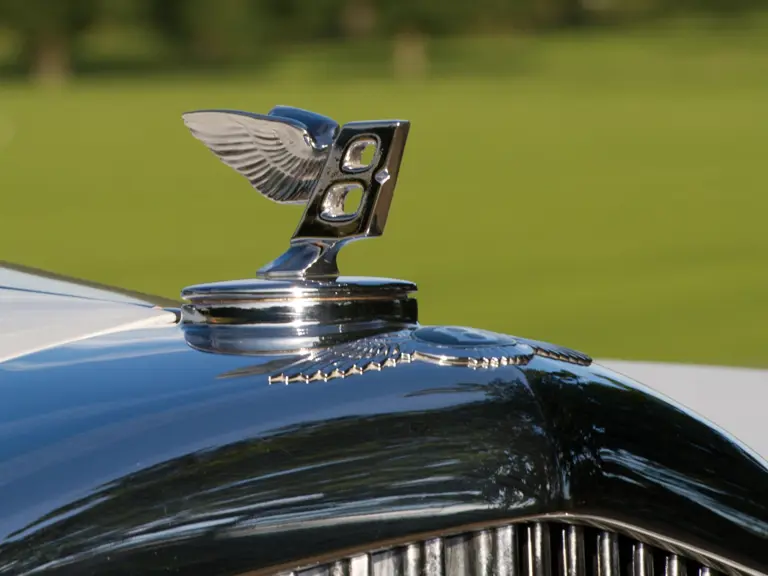
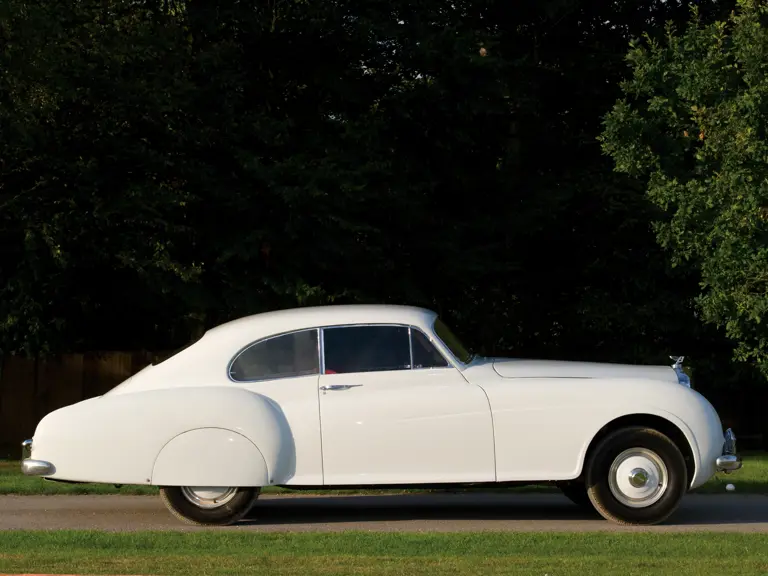
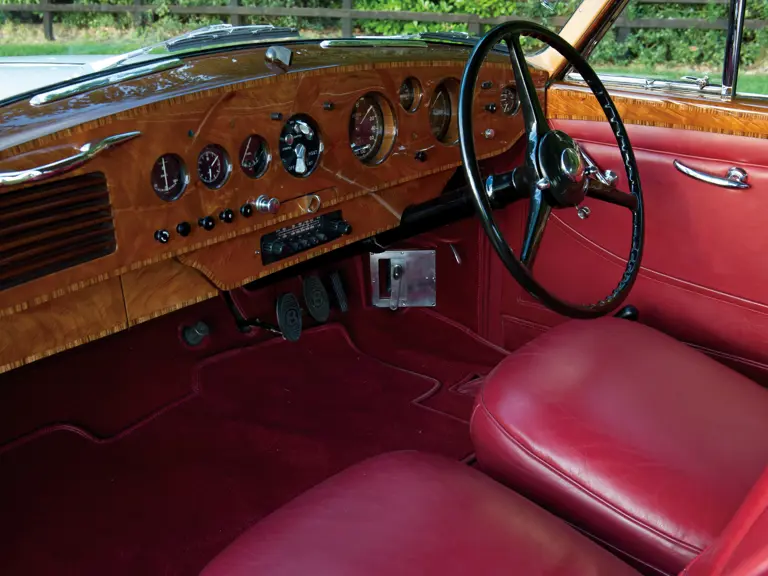
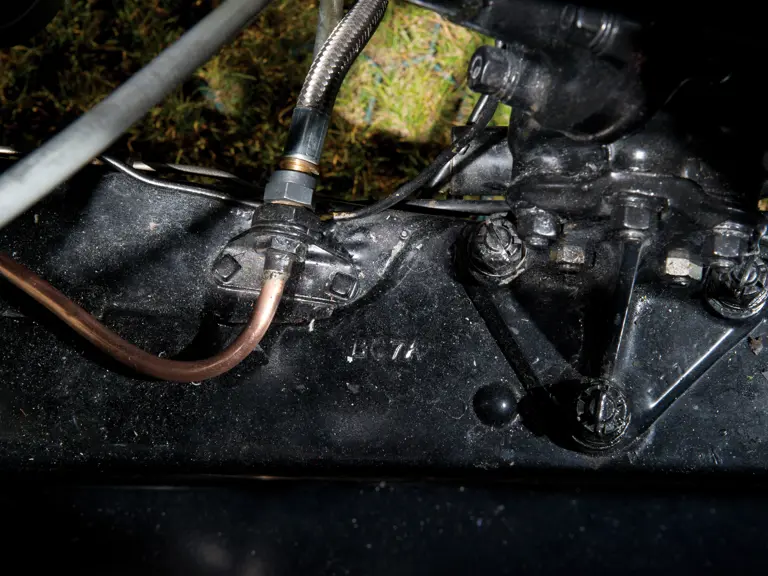
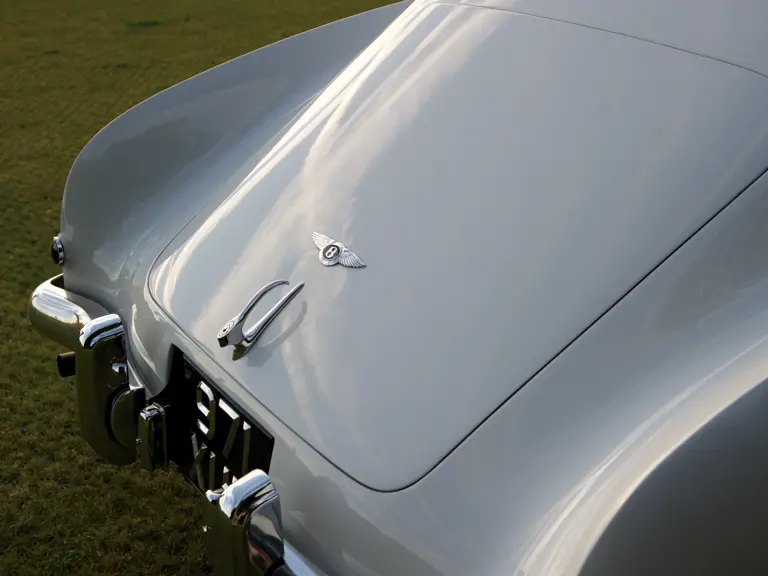

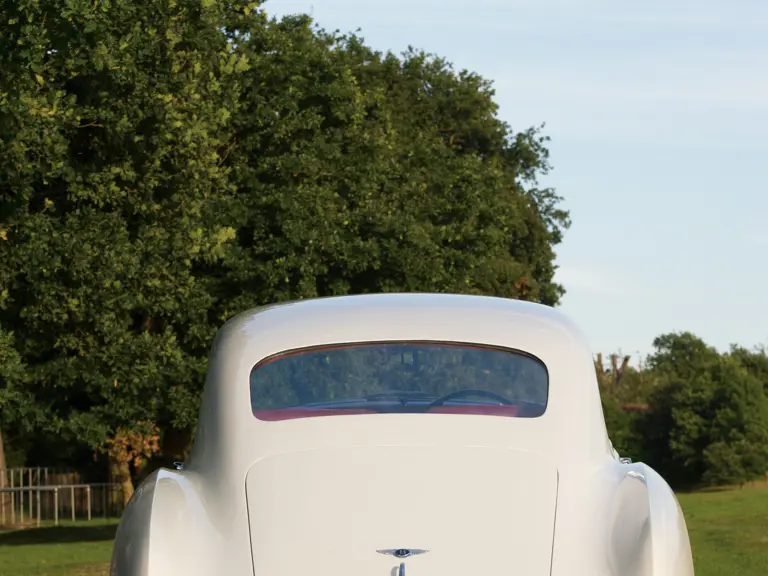
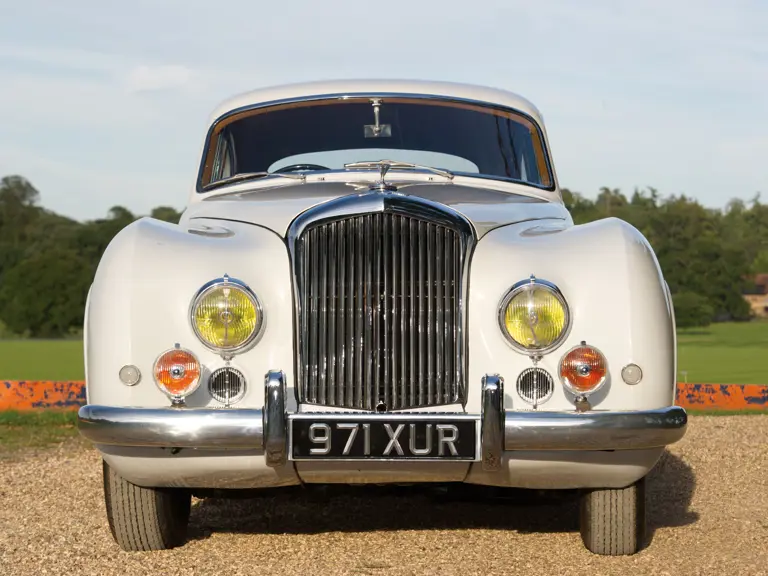
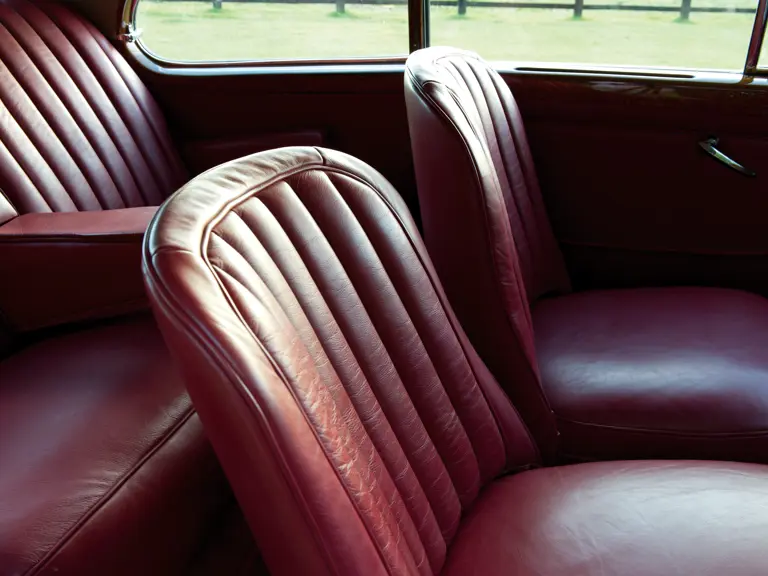

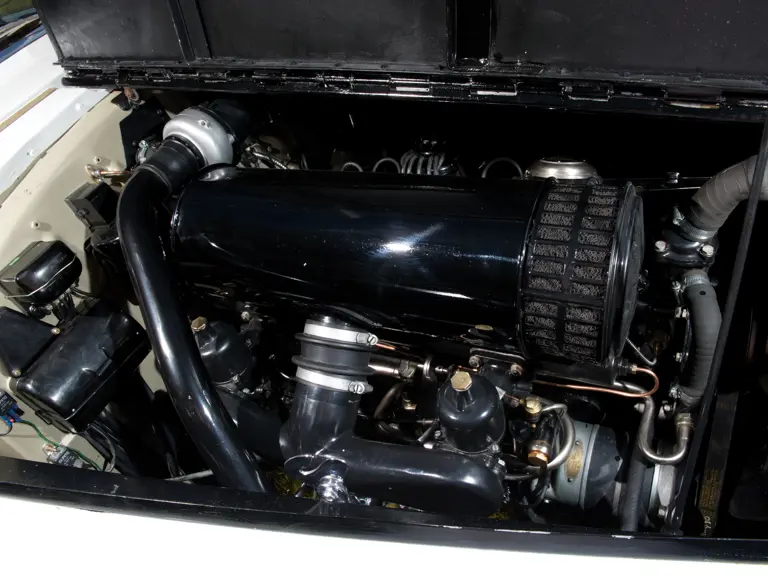

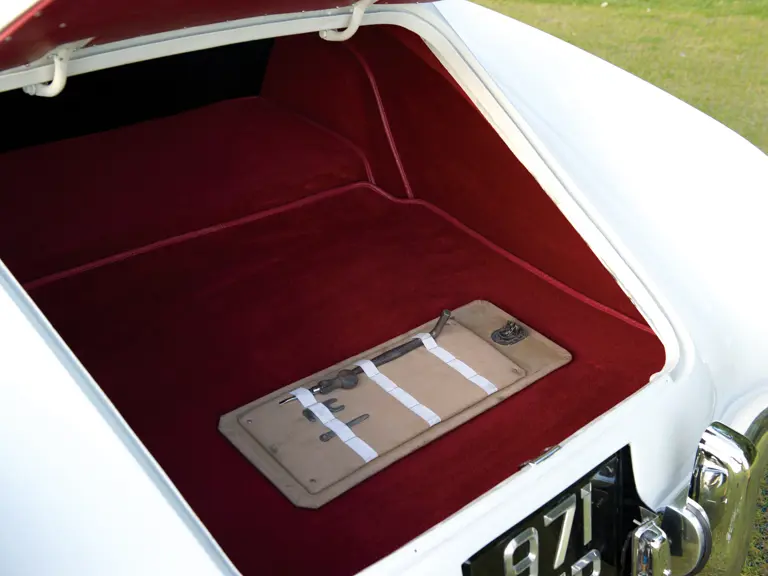

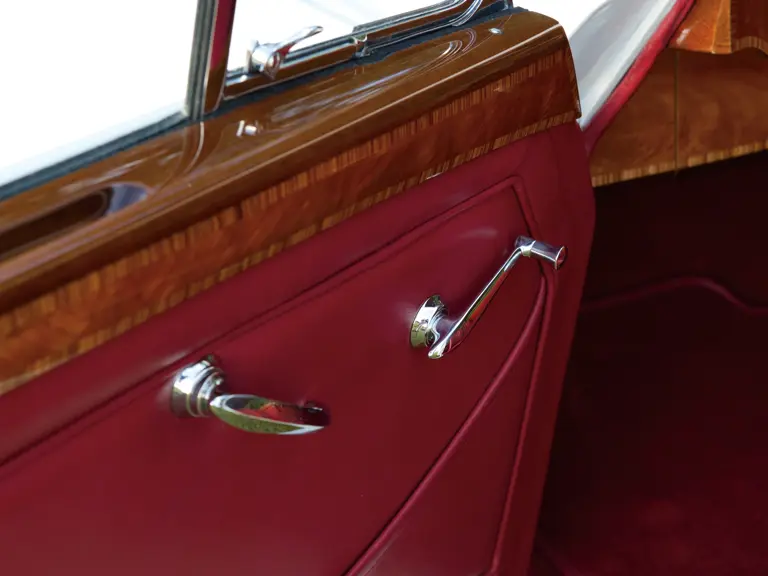
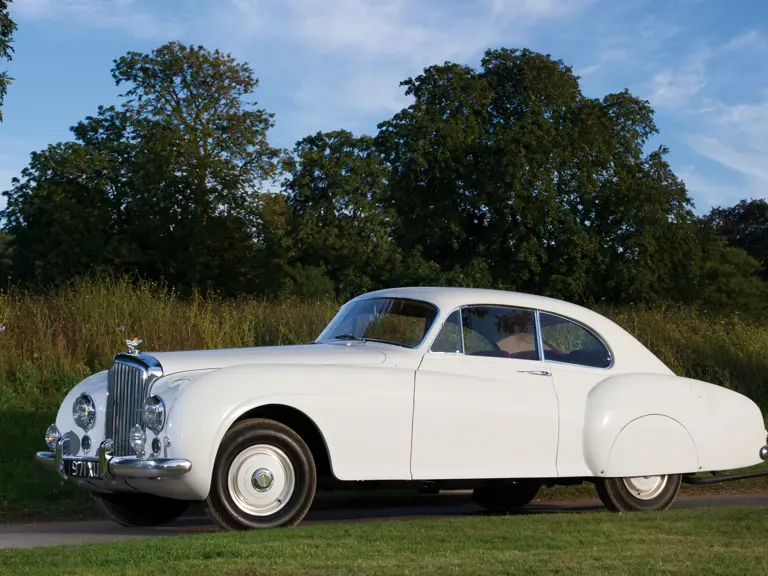

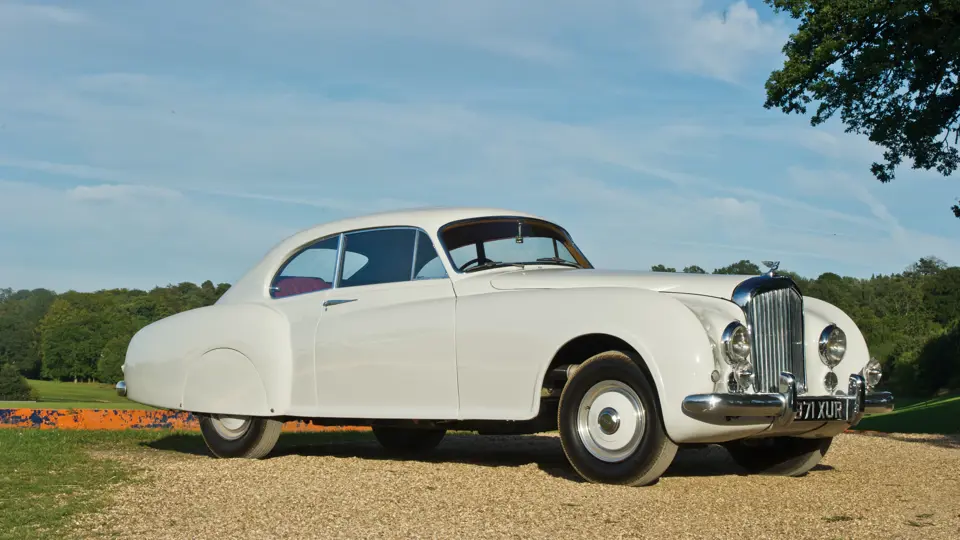
 | London, United Kingdom
| London, United Kingdom

